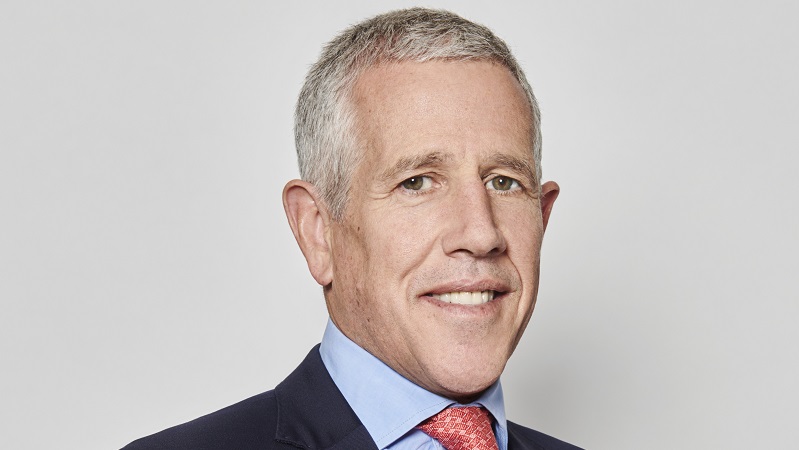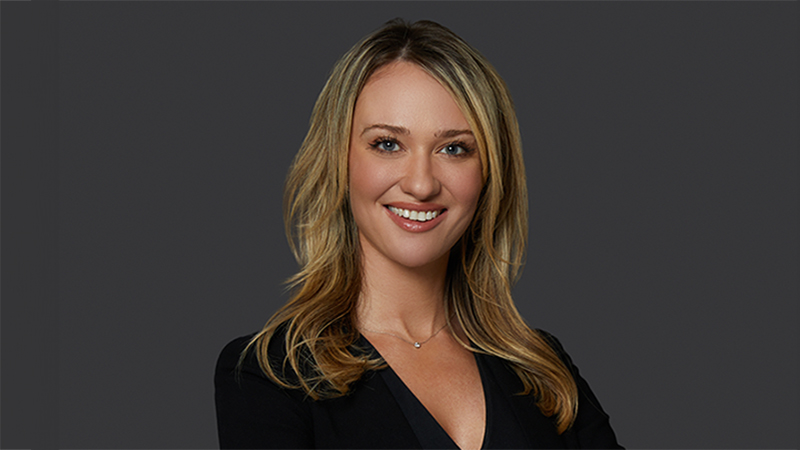After a long period of capital appreciation, Cohen & Steers’ Allie Quine says the story for preferred securities in 2025 is all about income.
Preferreds are a hybrid security that share characteristics of both equities and bonds. Generally speaking, they are higher than common stock in the capital structure, but lower than other forms of corporate debt. Due to regulatory requirements for banks to maintain Tier 1 capital, financials are the largest issuers.
The sector was hit by the Credit Suisse crisis, which saw $17bn of Additional Tier One (AT1) debt wiped out in one weekend as part of UBS’s emergency takeover of its Swiss rival. Since the crisis, however, the asset class has been among the top-performing fixed income instruments.
See also: As Australia phases out AT1s, what does the future hold for the wider market?
The WisdomTree AT1 CoCo Bond UCITS ETF, which tracks convertible bonds backed by developed European financial institutions, has returned 31.4% in the two years since the crisis (according to FE Fundinfo).
On the outlook for preferreds, Cohen & Steers portfolio specialist Allie Quine told Portfolio Adviser: “We’ve gone through a period of capital appreciation. Coming out of 2023, preferreds were the top performing asset class within fixed income. We’ve come a long way from where we were in the depths of the regional banking crisis and the aftermath of the Credit Suisse takeover.
“From here, I think the story is the income. Preferreds have had such a run, and you’ve had a run in high yield as well, so spreads are pretty tight. There isn’t much room for further spread compression, but we are in an elevated yield environment — both relative to other asset classes and relative to historical averages.
“Some of the securities that are being called and refinanced are securities that were issued in 2020-2021, when interest rates were near zero. This is an asset class where yields are actually continuing to rise when that paper comes due, as opposed to a regular senior debt type of structure.
“It’s an attractive environment for income, and it’s a very attractive environment for enhanced issuer diversification because of some of the issuance trends that we’ve been seeing.”
She adds that a lot of headline risk has come back into markets, with questions around the extent to which tariffs will get implemented and retaliated against by the US, while there are also questions around fiscal policy and general economic growth.
“It’s a slightly different story in Europe, which seems to have a clearer interest rate trajectory and we’ve seen some positive developments with the recent German budget proposal to finally spend more freely. That should be a positive for German banks.”
Utility issuance
Quine says that Cohen & Steers has been more selective with the recent issuance calendar due to the current environment for credit spreads.
“Prior to the last couple of months, there were quite a few utility deals that we really liked. There has been a recent uptick of utility hybrid issuance.
“We’ve seen that start to pick up, it’s a more tax efficient way for them to raise capital because they’re receiving greater equity treatment now, thanks to a change in the ratings methodology by Moody’s and other ratings providers.
“There’s also a lot of CapEx demand for AI, energy and data centres. So we’ve seen utilities really start to come to the market.”
“They’re issuing at relatively high levels of income,” she adds. “The credit quality story has also been improving over time within the utility sector.
“Across all the sectors within preferred broadly, we’ve seen a positive quality trend. Those recent issues were taking advantage of the high current income, with lower extension risk. Its generally a positive credit backdrop for those types of issuers, given the demand.”
Cohen & Steers recently launched the Short Duration Preferred Income SICAV, marking its second venture into the asset class since launching its $342m Preferred Income fund in 2017. That fund is up 34% since then, versus a 13.9% return from its peers in the IA Specialist Bond sector.










